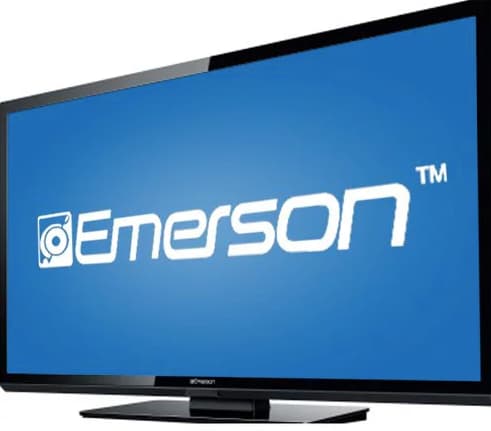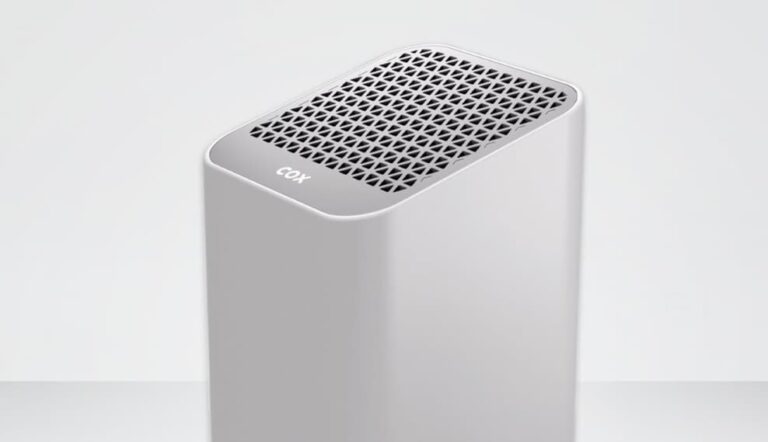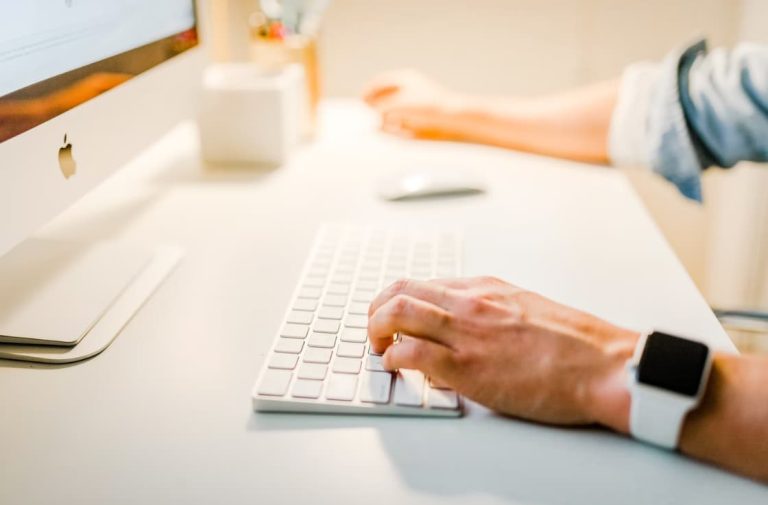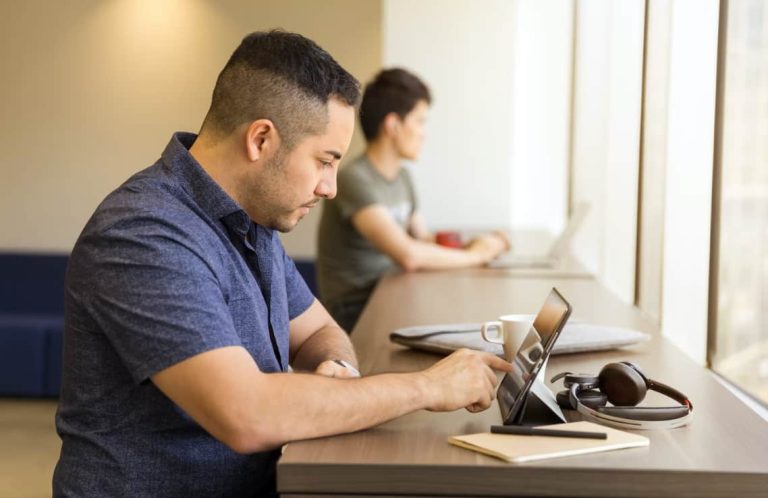Wireless charging is one of those modern conveniences that can quickly become a necessity. The ability to simply set your phone down on a charging pad and have it start juicing up immediately is seamless and hassle-free. No fumbling for cables, no jamming the cable just right into the port – just effortless wireless power whenever you need it.
Ubio Labs makes some of the most well-designed and efficient wireless chargers out there. Their chargers feature useful innovations like portrait orientation charging that keeps your phone screen upright while charging. However, as with any gadget, issues can pop up to disrupt the wireless charging experience.
If you’ve noticed your Ubio Labs wireless charger failing to charge your phone or other devices lately, don’t fret. In most cases, you can get things working properly again with some easy troubleshooting and fixes.
Ubio Labs Wireless Charger Not Working
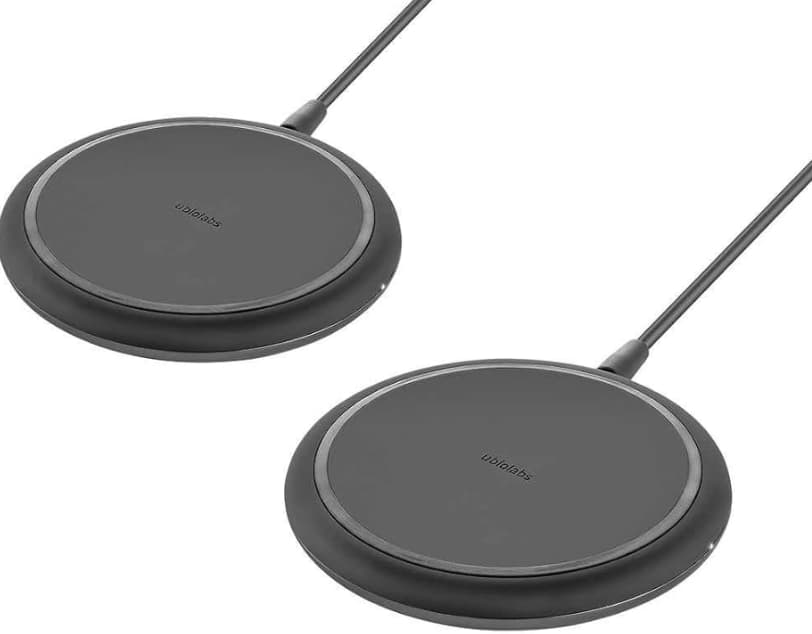
In this guide, I’ll cover the most common reasons a Ubio Labs wireless charger may stop working and how to get it back up and running. Let’s dive in!
How Does a Wireless Charger Like Ubio Labs Work?
Before getting into the specific fixes, let’s briefly review how wireless charging functions so you better understand the troubleshooting steps.
Wireless chargers use inductive charging technology to transmit power between two coils – a transmitter coil in the charging pad and a receiver coil in your phone or device.
An alternating electromagnetic field generated by the transmitter coil induces an electrical current in the receiver coil to charge your phone’s battery. For this to work efficiently, the two coils need to be aligned properly, usually within 5mm of each other.
With that background in mind, let’s look at some potential causes when your wireless charging stops working suddenly.
Top 10 Reasons Your Ubio Labs Wireless Charger Not Working
Based on my experience troubleshooting wireless chargers, these are the most common culprits:
- Incompatible or faulty power adapter.
- Damaged USB cable.
- Loose charging port connections.
- Dirty or dusty charging surface.
- Overheating issues.
- Improper phone placement on the pad.
- Phone software glitches.
- Excessive phone vibrations.
- Nearby metallic objects interfering.
- Internal hardware failure.
Thoroughly checking each of these issues will typically reveal why your wireless charging experience went sideways and how to fix it.
Step-by-Step Troubleshooting Guide to Fix Ubio Labs Wireless Charger Not Working:
Follow these tips to pinpoint and resolve the problem with your Ubio Labs wireless charger:
#1: Use the Right Power Adapter
The power adapter is the crucial first link in delivering energy to your wireless charger.
- Use the original Ubio Labs power adapter designed for your specific charger if possible for best compatibility.
- If using a different third-party adapter, verify it provides at least 2 amps/10 watts output or higher. Lower-powered adapters can prevent the charger from working properly.
- If using a laptop USB port, switch to a dedicated wall adapter instead – USB ports don’t provide enough consistent power.
Testing with the manufacturer adapter or another verified high-power adapter will help rule out any adapter issues.
#2: Inspect Charging Cables and Ports
Faulty charging cables and loose port connections can also impact power delivery:
- Examine the USB cable between your adapter and the wireless charger for any frays, cracks, or damage. Replace if needed.
- Check that all charging cable connections are snug and securely plugged in on both ends.
- Look for debris, damage, or looseness on the ports and contacts.
- If possible, swap in a different high-quality cable for testing.
Proper connections ensure consistent power flow to your wireless charging pad.
#3: Clean the Charging Area of Dust Buildup
A small amount of dust buildup can actually prevent wireless charging from initializing:
- Use a microfiber cloth to gently wipe down the surface of the wireless charger and the phone charging area.
- Check for any dust or lint debris in the phone’s charging port and the charger’s power input.
- Use compressed air or a toothpick to gently clear any ports/connectors if needed.
Wireless charging is more sensitive to foreign debris compared to wired charging. Keeping the contact points clean improves power transmission efficiency.
#4: Ensure the Phone is Centered on the Charging Pad
For the inductive charging coils to align correctly, your phone needs to be precisely positioned:
- Most Ubio Labs chargers have an indicator (dot, ridge, LED, etc) showing the ideal phone placement area.
- Double check your model’s manual if needed to identify the charging target area.
- Carefully center your phone over this marker for proper coil-to-coil alignment.
- Being even slightly off-center can prevent charging from initializing or maintaining.
Getting your device placement aligned correctly is key for a consistent wireless charging experience.
#5: Use a Thin, Low-Profile Phone Case
The thickness of your phone’s case can also impact wireless charging performance:
- Most basic cases under 5mm thickness won’t cause issues.
- But thicker, rugged cases push your phone surface away from the charger coils, weakening power transfer.
- Try removing your case entirely when wirelessly charging to see if it fixes any problems.
- If so, replace your current case with a thin, low-profile case specifically designed to be wireless charging friendly.
Maintaining proximity between your phone and the internal charging coils improves charging efficiency.
#6: Disable Phone Vibrations and Notifications
Here’s an easy potential fix – toggle off vibrations and notifications temporarily:
- When your phone buzzes from alerts/calls, it shifts position on the pad which can interrupt charging.
- Turning on Airplane mode or Do Not Disturb mode prevents disruptive vibrations.
- Your phone will maintain better contact with the charging pad without the vibrations nudging it.
#7: Restart Your Phone Before Charging
As phones age, minor software glitches can build up over time and cause problems:
- Fully power down and restart your phone before wirelessly charging to eliminate any software gremlins.
- Let the phone fully reboot and settle before placing it on the wireless charger.
- Restarting gives the charging communication system a clean slate, often fixing wireless issues.
Follow the standard restart process for your iPhone, Android, or other device.
#8: Check for Overheating Problems
Excessive heat buildup can cause some wireless chargers to shut down as a safety precaution:
- Some heat is expected, but excessively high temperatures trigger protection circuitry.
- Ensure the charger is not covered or blocked – it needs open air flow.
- Don’t charge in hot ambient environments or direct sunlight.
- If overheated, unplug and let cool completely before resuming charging.
Allowing proper cooling prevents charger deactivation from thermal protection triggers.
#9: Scan Area for Potential Metallic Interference
Since wireless charging relies on magnetic induction, metallic objects can disrupt the charging field:
- Look for loose change, keys, metal phone cases or accessories, etc in the charging area.
- Check under and around the pad for potential sources of interference.
- Remove or relocate any metal materials within a 12 inch radius of the wireless charging spot.
Preventing close metallic contact helps maximize charging speed and efficiency.
#10: Contact Support if Hardware Failure is Suspected
If you’ve tried all troubleshooting steps thoroughly and the wireless charger still fails to function, the unit itself may be defective:
- Problems like no indicator lights, burning smell, and loud noise point to hardware failure.
- Ubio Labs wireless chargers have a 1-year warranty – contact their support about possible replacement.
Don’t let one faulty charger turn you off wireless charging forever! With the convenience it provides, resolving small issues is worth the effort.
Frequently Asked Troubleshooting Questions
Here are answers to some common questions about debugging wireless charger problems:
- What is the best Ubio Labs wireless charger overall?
Two of their top models are the Ubio Labs 10W Fast Wireless Charger and the Ubio Labs 10W Fast Wireless Charging Stand. Both provide fast 10W charging.
- Why does my phone repeatedly connect/disconnect from charging?
Frequent connecting/disconnecting is typically caused by alignment or positioning issues. Verify the charger placement surface is flat and your phone is centered on the charging area.
- Why does my phone get hot while charging wirelessly?
Excessive heat can stem from an incorrect power adapter, poor coil alignment, or nearby metallic interference. Use the proper high-power adapter and check charger/phone positioning.
- What are some alternatives to a wireless charging pad?
Wireless PowerShare on new Samsung phones allows directly charging devices on the phone’s back. Wireless charging cases with embedded coil are another option.
- Do I need a special wireless charging compatible phone?
Most modern phones support wireless charging, but some budget models still lack this feature. Ensure your phone specifically states it has wireless/inductive charging capability.
- Which wireless charging standards should my phone use?
Major standards are Qi and Fast Charge. iPhone uses Qi while Samsung supports both Fast Charge and Qi. Check your phone’s specs.
In Closing
While wireless charging provides great convenience, it can occasionally hit snags. With the steps in this guide, hopefully, you can get your faulty Ubio Labs wireless charger back up and running.
The key troubleshooting tips include:
- Trying a compatible high-wattage wall adapter
- Inspecting cables and connections
- Cleaning charging surfaces
- Perfectly aligning phone placement
- Using wireless wireless-friendly phone case
- Toggling off notifications
- Restarting your phone
- Preventing overheating issues
- Scanning for metallic interference
With wireless charging being so ubiquitous now for powering our devices, it’s worth working through minor issues when they pop up. Don’t let a faulty charger derail your wire-free charging experience!

